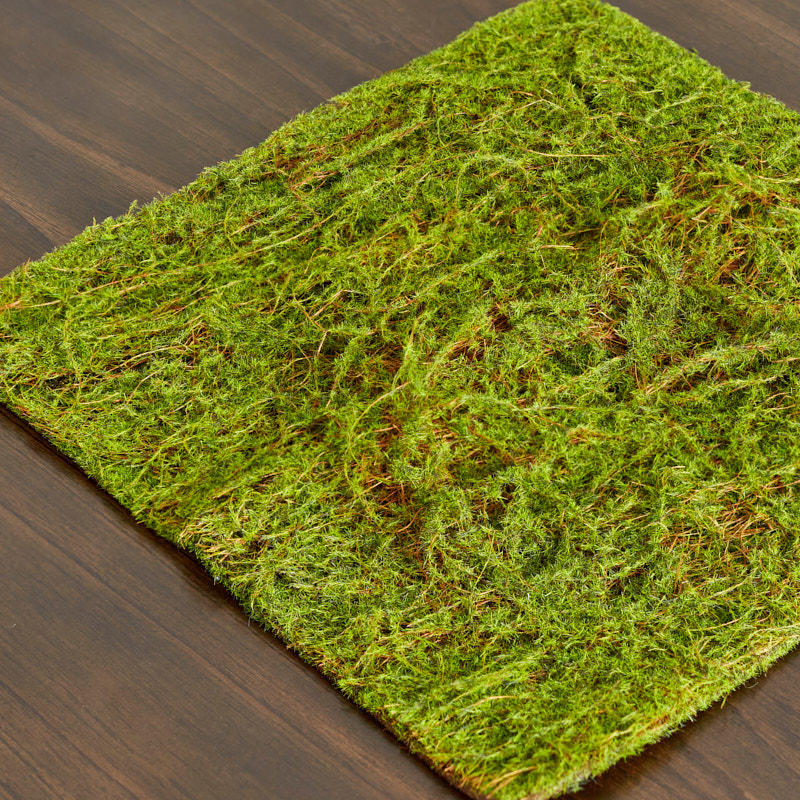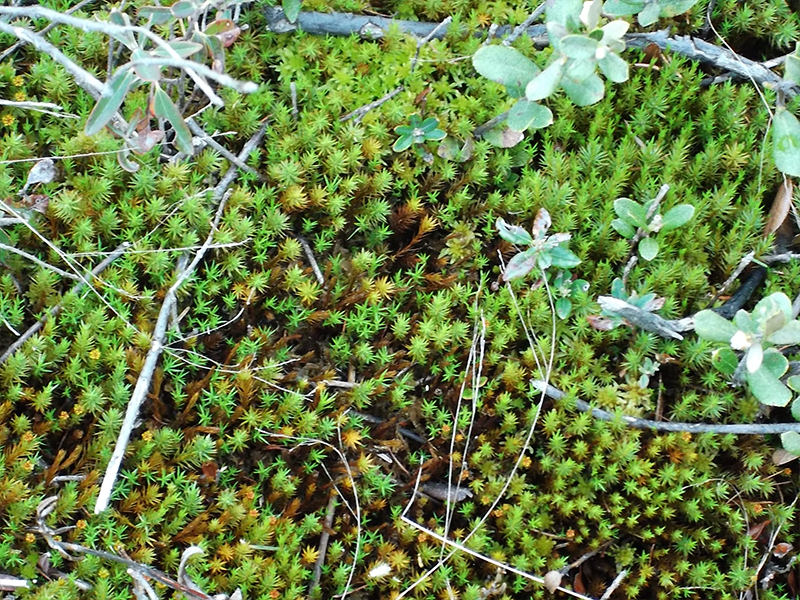
Instead of flowers and seeds, sphagnum mosses reproduce sexually via male and female organs that may be monoecious (on the same plant) or dioecious (on different plants), depending on the species. Once Sphagnums are established, other vascular land plants can set down roots to grow. They shape each environment they reside in, directly influencing pH, nutrients, and water levels wherever they spread. As a pioneer species, they can grow and thrive in places where terrestrial plants cannot. Sphagnums are considered to be the most important non-vascular plants on earth. The foliage is soft, full, and dense, with erect terminal heads that resemble a starry shape. Look at sphagnum mosses closely and they are quite beautiful, with species ranging in vibrant colors from light greens to yellows, oranges, pinks, reds, and browns. They are often the dominant species in open bogs, marshes, fens, and moors but can also inhabit forested areas, creeping ever outward like a lush carpet. There are around 380 recognized species of Sphagnum, mainly found in cool and moist places in the Northern Hemisphere. Amazingly, sphagnum moss can be wrung out and re-wetted again and again without losing its vigor. Zoomed in under a microscope, and their leaves, branches, and stems look like delicate, intricately woven nets.

Porous, thin, and usually only one cell thick, the leaf-like tissues absorb and hold water like a sponge. Without the xylem that conducts water and nutrients from root to stem to leaves like it would in typical land plants, sphagnum mosses possess simpler tissue structures, called phyllids, that look like leaves. These types of plants do not grow roots, bear flowers, or form seeds. Related Reading: 4 Reasons To Stop Using Peat Moss & 7 Sustainable Alternatives About Sphagnum Moss…Īlongside liverworts, hornworts, and other mosses, Sphagnums are non-vascular plants – known as bryophytes.

Strike the right balance of light, water, and humidity, and you’ll have gobs of ethically-sourced sphagnum moss in no time.

There’s really no need to tear up peat bogs in order to enjoy the benefits of sphagnum moss. Peat bogs take thousands of years to develop and these fragile habitats are more important than ever for mitigating climate change. Living or dead, sphagnum moss has the incredible ability to hold 16 to 26 times its dry weight in water.īut purchasing dried or milled sphagnum moss by the bag isn’t exactly sustainable since it’s often a by-product of peatlands mining. The light brown, fibrous, stringy bits are widely used in horticulture to improve drainage and conserve moisture. Perhaps you’re most familiar with them in their dried form. Sphagnum mosses are an utterly unique and fascinating genus of bog-dwelling plants.


 0 kommentar(er)
0 kommentar(er)
